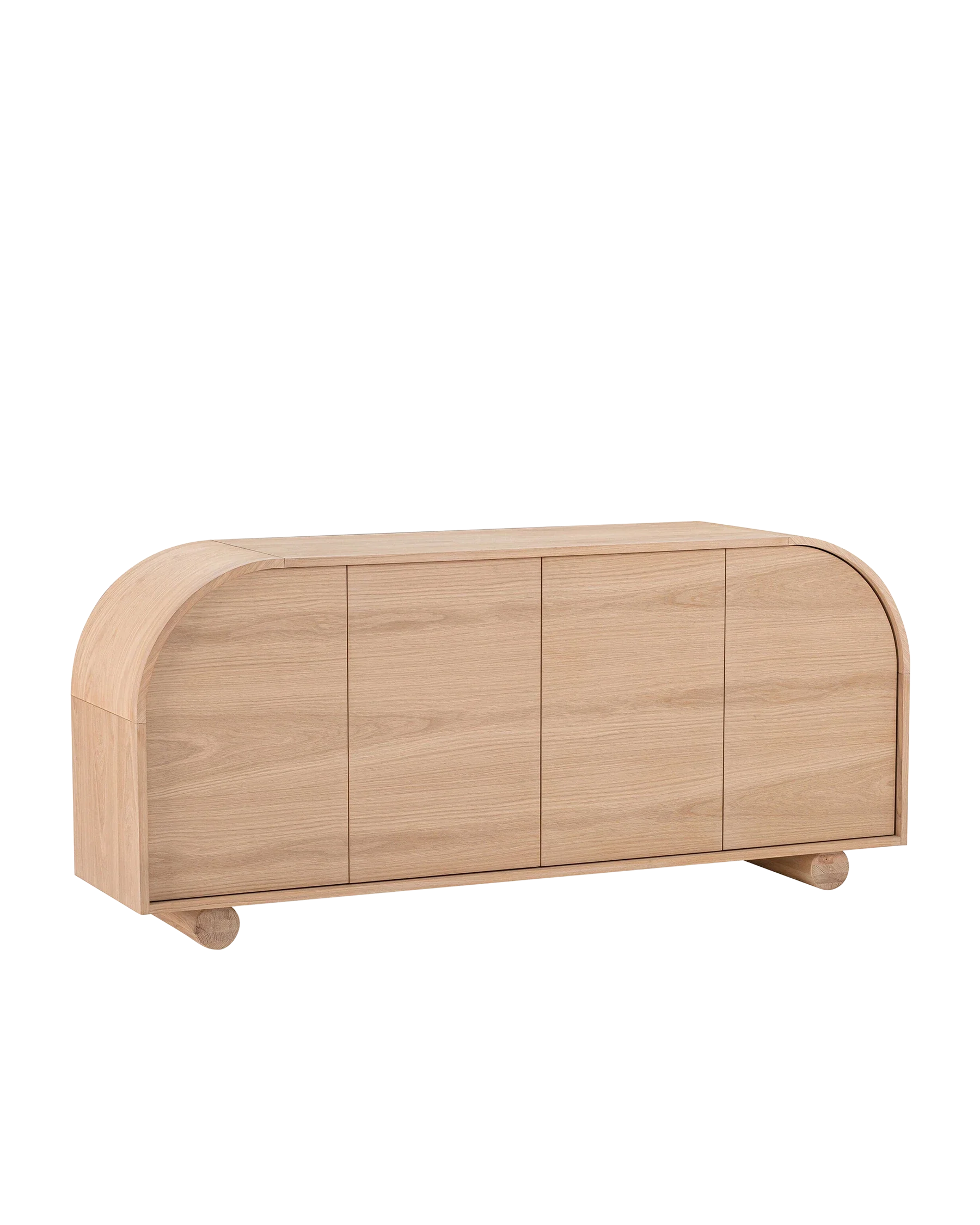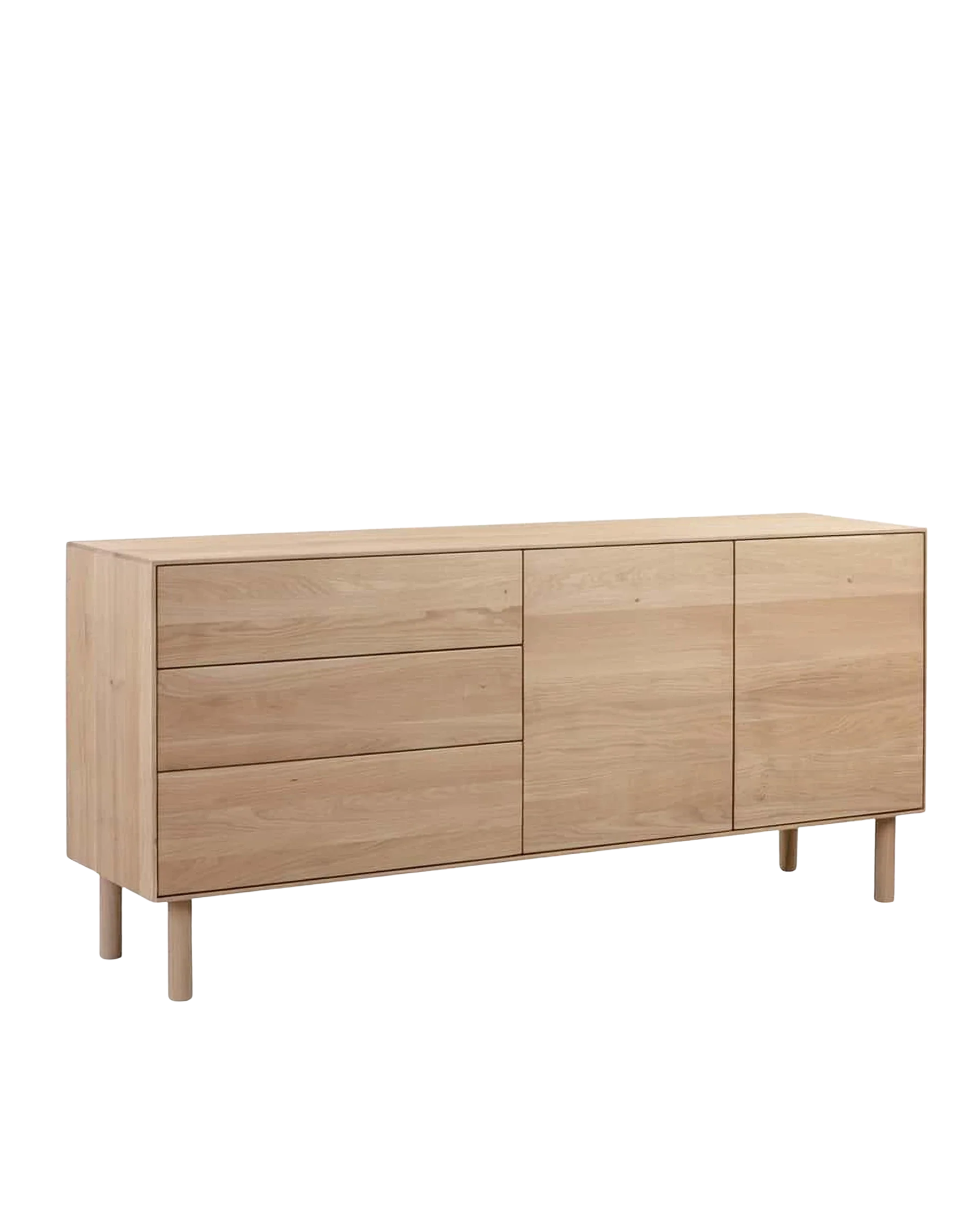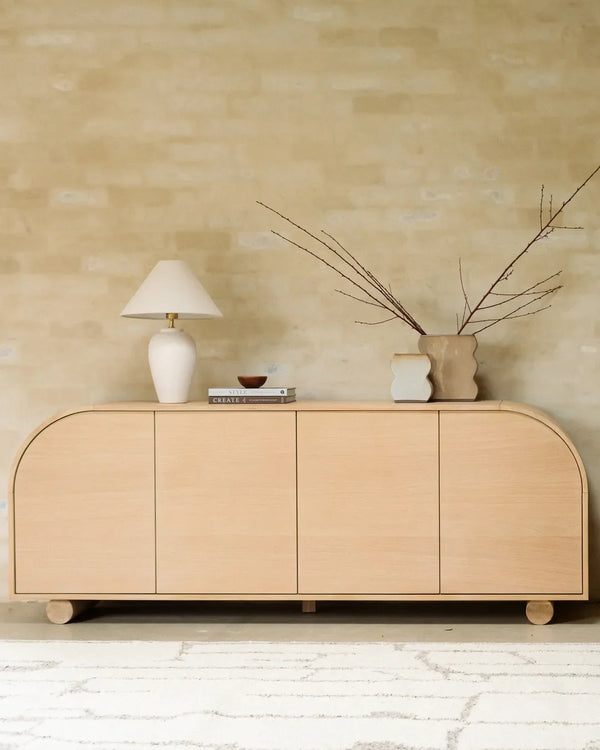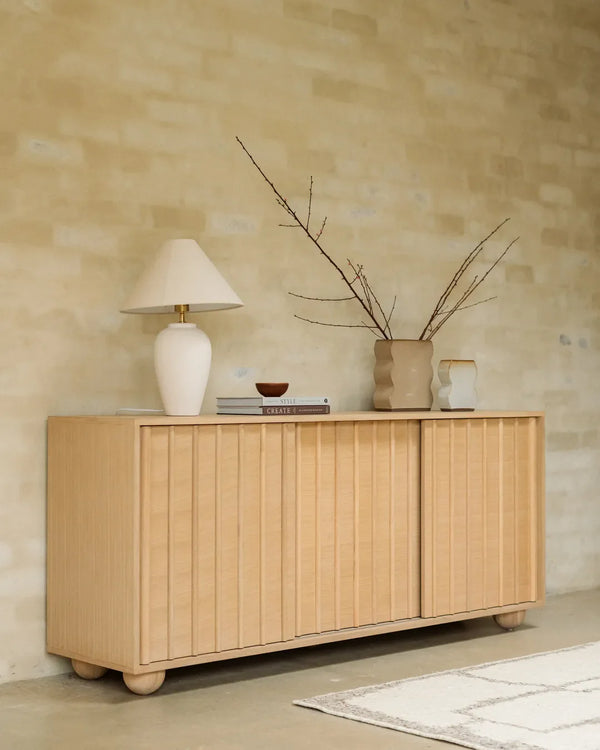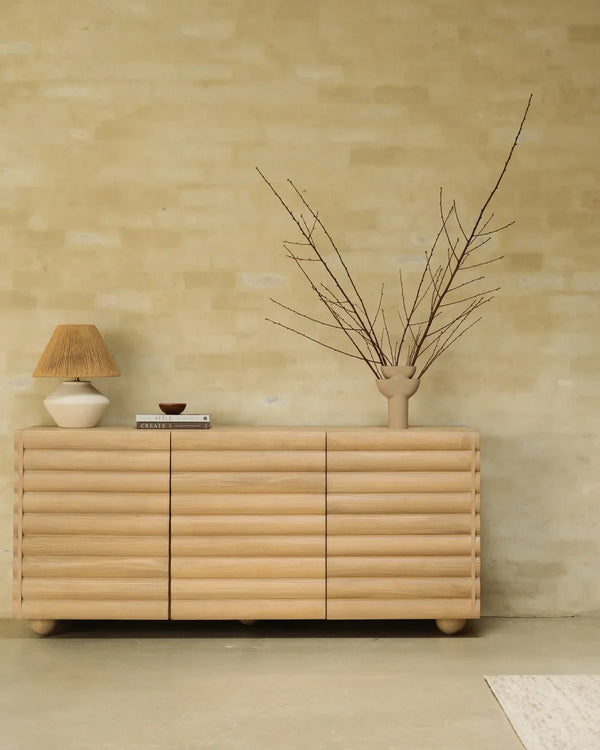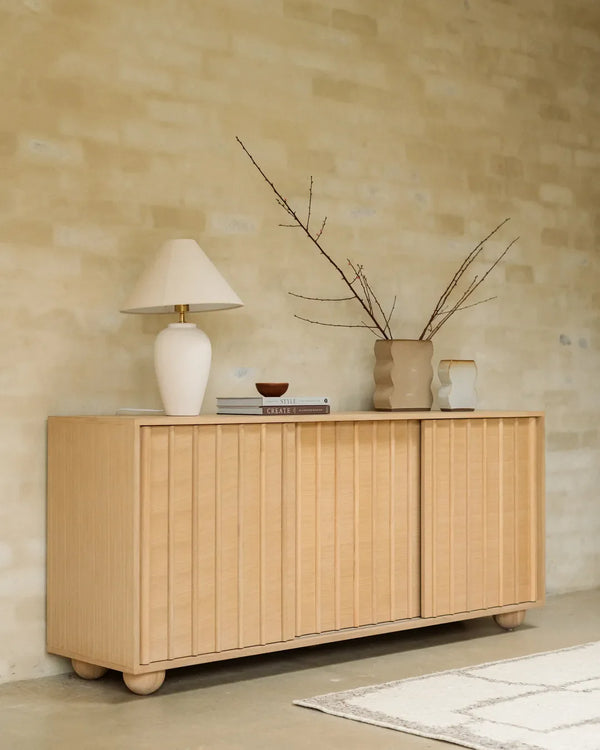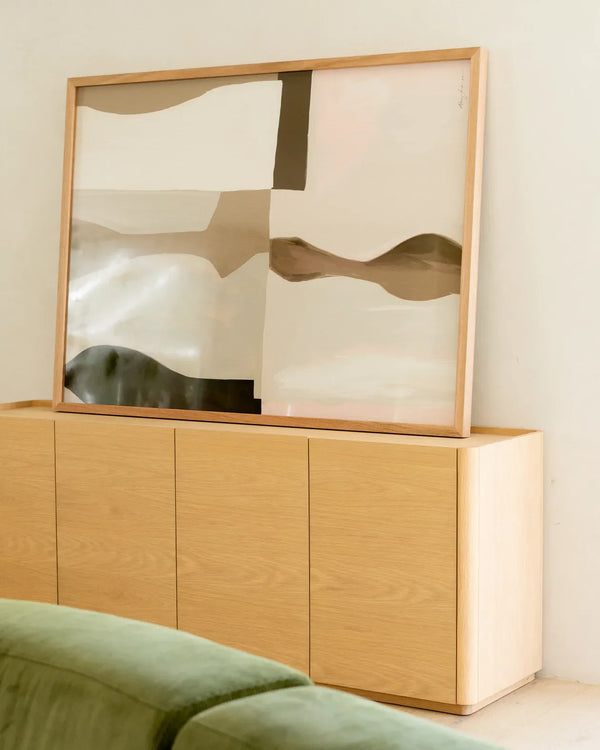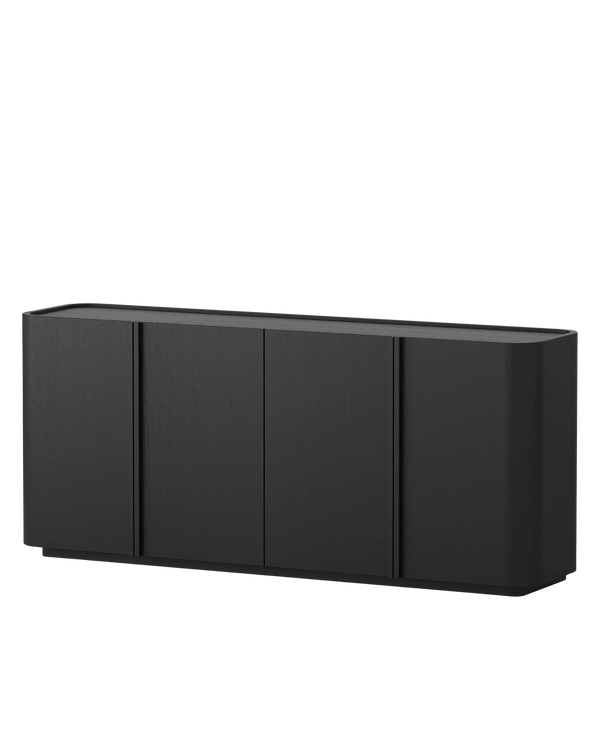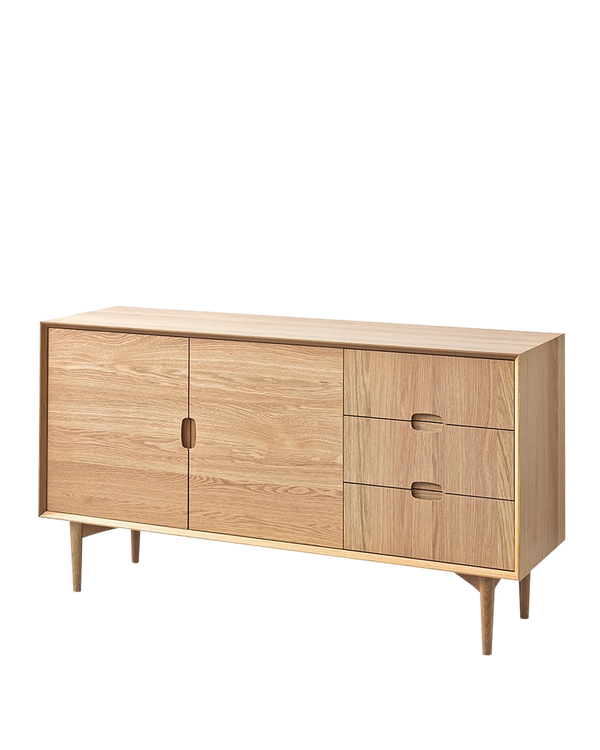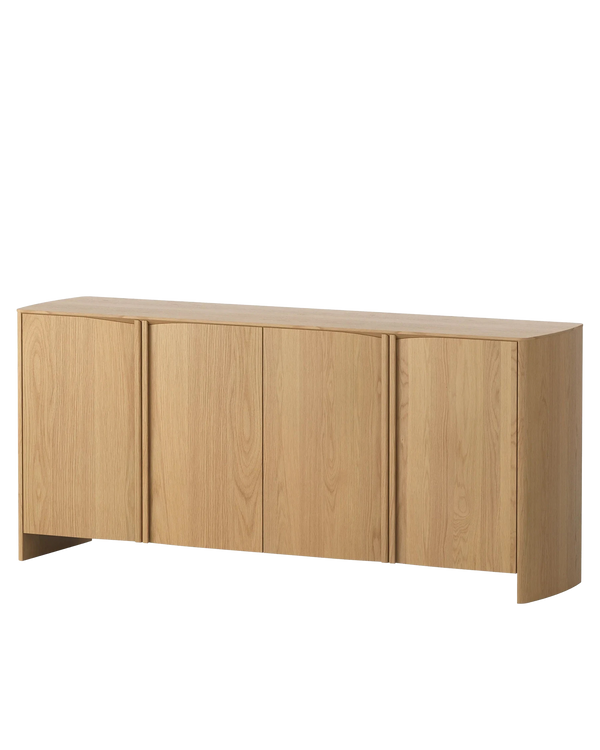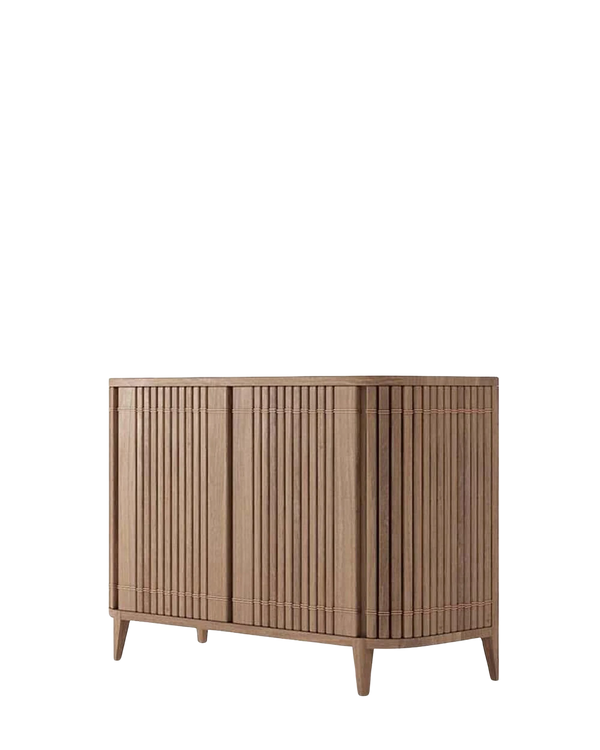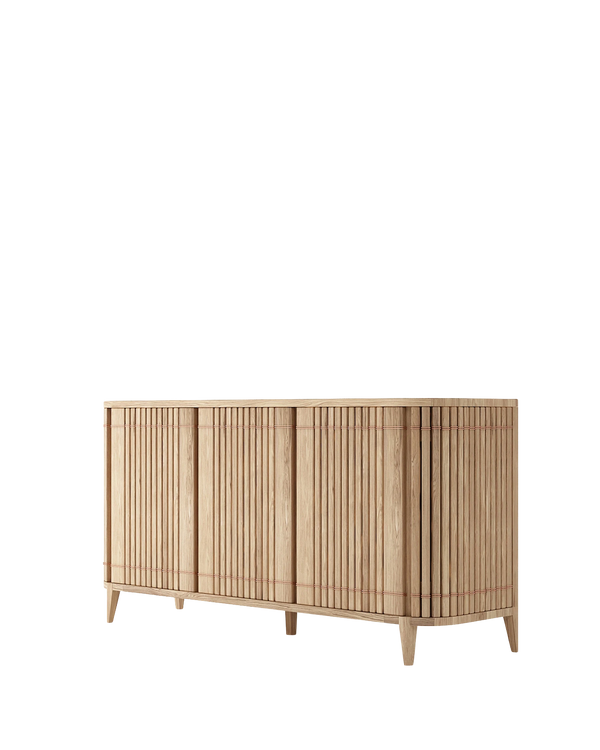Sideboards & Buffets
Breathe easy and stylish with sideboards & buffets, soothing style for laid‑back homes.
Shop Sideboards & Buffets online
Discover the perfect balance of style and functionality with RJ Living's collection of sideboards and buffets. These versatile pieces offer ample storage while enhancing your home's aesthetic, making them essential for modern Australian interiors. Whether you're looking for a statement piece for your dining room or a practical storage solution for your living area, our range caters to diverse tastes and needs. From sleek oak buffets and sideboards to rustic teak options, you'll find the ideal piece to complement your home's décor.
Different Sideboard Styles for Your Home
Sideboards come in various styles to suit different interior preferences. Contemporary designs feature clean lines and minimalist aesthetics, ideal for modern homes. Traditional sideboards often showcase ornate details and rich wood finishes, perfect for creating a warm, inviting atmosphere. For those seeking a balance, mid-century modern sideboards offer retro-inspired looks with functional storage options. Our collection of solid wood sideboards provides a range of styles to suit any taste, from sleek and modern to classic and timeless.
How to Choose the Right Size Sideboard
Selecting the appropriate sideboard size is crucial for both functionality and visual harmony. Consider these factors when choosing:
- Room dimensions: Measure your available space, ensuring at least 30cm clearance on each side
- Storage needs: Assess what you'll be storing to determine the required capacity
- Proportion: Choose a sideboard that complements your existing furniture without overwhelming the space
- Height: For dining rooms, opt for sideboards around 90cm tall to align with table height
Remember to consider the overall layout of your room, including other furniture pieces like dining tables and kitchen tables, to ensure a cohesive and balanced look.
Sideboard Uses: Beyond Dining Room Storage
Sideboards offer versatile storage solutions for various rooms in your home. In living rooms, they can house entertainment systems and media equipment. For home offices, sideboards provide excellent storage for documents and supplies. In bedrooms, they offer additional drawer space for clothing or linens. The flat top surface of sideboards also serves as an ideal display area for decorative items, plants, or artwork. Our teak buffets and sideboards are particularly well-suited for creating warm, inviting spaces in any room of your home.
Sideboard Placement Ideas for Any Room
Strategic sideboard placement can enhance your room's functionality and visual appeal. In dining rooms, position sideboards against a wall to create a serving area during gatherings. For living rooms, place a sideboard behind the sofa to define separate zones in open-plan spaces. In entryways, a narrow sideboard can serve as a console table, offering storage for keys and mail while making a stylish first impression. Consider the natural flow of your space and how the sideboard can complement existing furniture arrangements.
Sideboard Buying Guide: Factors to Consider
When shopping for sideboards, consider these key factors to make an informed decision:
- Material quality: Look for solid wood construction or high-grade engineered wood for durability
- Storage configuration: Choose between drawers, cabinets, or open shelving based on your needs
- Style compatibility: Select a design that complements your existing décor
- Finish: Opt for finishes that match or contrast with your colour scheme
- Hardware: Consider the style and quality of handles and knobs
- Functionality: Assess features like soft-close drawers or adjustable shelves
Our collection of timber buffets and sideboards offers a wide range of options to suit various preferences and requirements.
Sideboard Hardware: Knobs, Pulls, and More
Hardware plays a significant role in defining your sideboard's overall look. Sleek metal handles complement modern designs, while ornate knobs suit traditional styles. Consider mixing materials, such as combining wood with metal accents, for a contemporary twist. For a cohesive look, match your sideboard hardware with other fixtures in the room, like curtain rods or light fittings. The right hardware can elevate the appearance of your sideboard and tie it seamlessly into your overall interior design scheme.
Sideboard Care and Maintenance Tips
Proper care ensures your sideboard remains beautiful and functional for years. Use coasters and placemats to protect the surface from water rings and heat damage. Dust regularly with a soft, dry cloth to prevent buildup. For wooden sideboards, apply furniture polish every few months to maintain the finish. Address spills immediately to prevent staining, and avoid placing sideboards in direct sunlight to prevent fading. By following these simple maintenance tips, you can preserve the beauty and integrity of your sideboard for years to come.
What's the difference between a sideboard and a buffet?
What's the difference between a sideboard and a buffet?
While often used interchangeably, sideboards are sometimes taller with longer legs and can be used in various rooms. Buffets are usually lower and broader, traditionally designed for dining rooms. At RJ Living, we offer pieces that combine features of both, providing versatile storage solutions for any space.
Can you use a sideboard as a TV stand?
Can you use a sideboard as a TV stand?
Absolutely! Many of our sideboards are designed to accommodate televisions. They offer the added benefit of storage for media equipment and other items. Just make sure the sideboard is the appropriate height and width for your TV and living room.
How tall should a sideboard be?
How tall should a sideboard be?
The ideal height for a sideboard depends on its intended use and location. For dining rooms, around 90cm is standard, aligning with table height. For use as a TV stand, consider your optimal viewing height. Our sideboards come in a few different heights to suit various needs and spaces.

